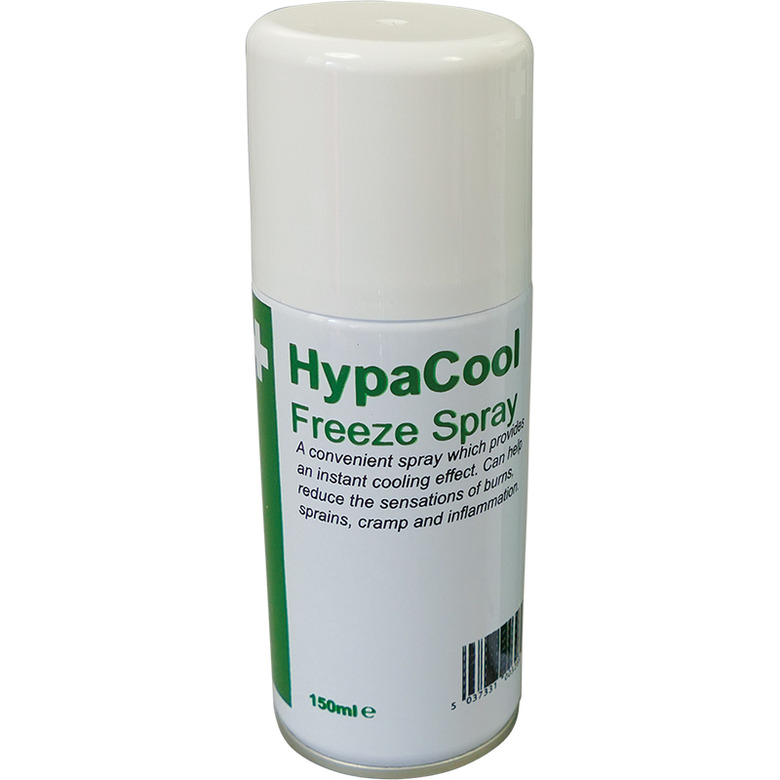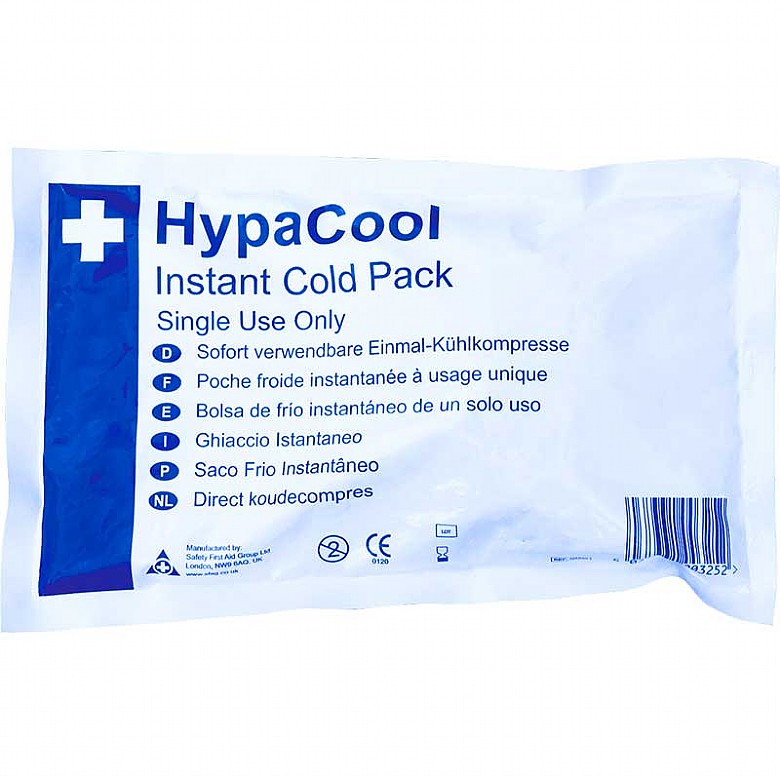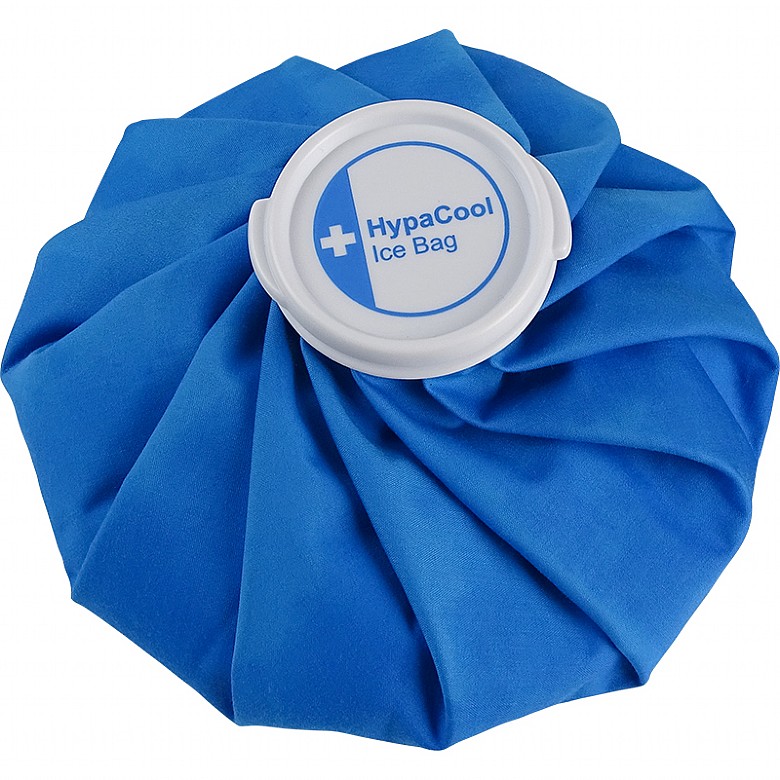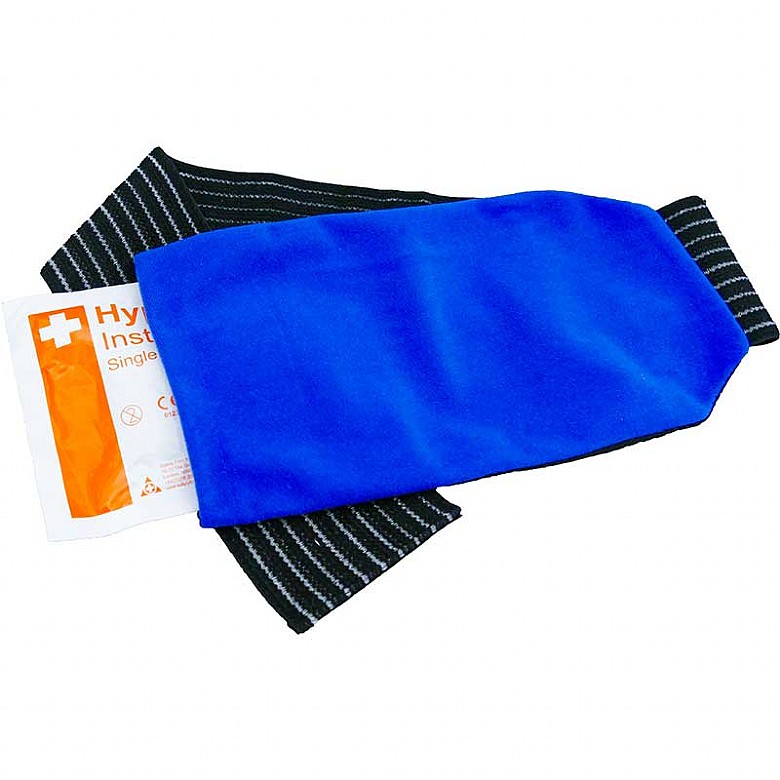
When temperatures are high during the summer months, more people are likely to suffer from heat exhaustion and even heat stroke – especially if they’re playing sports. If heat exhaustion isn’t treated, it can quickly become heat stroke, which can lead to loss of consciousness and constitutes a medical emergency.
How to treat heat stroke
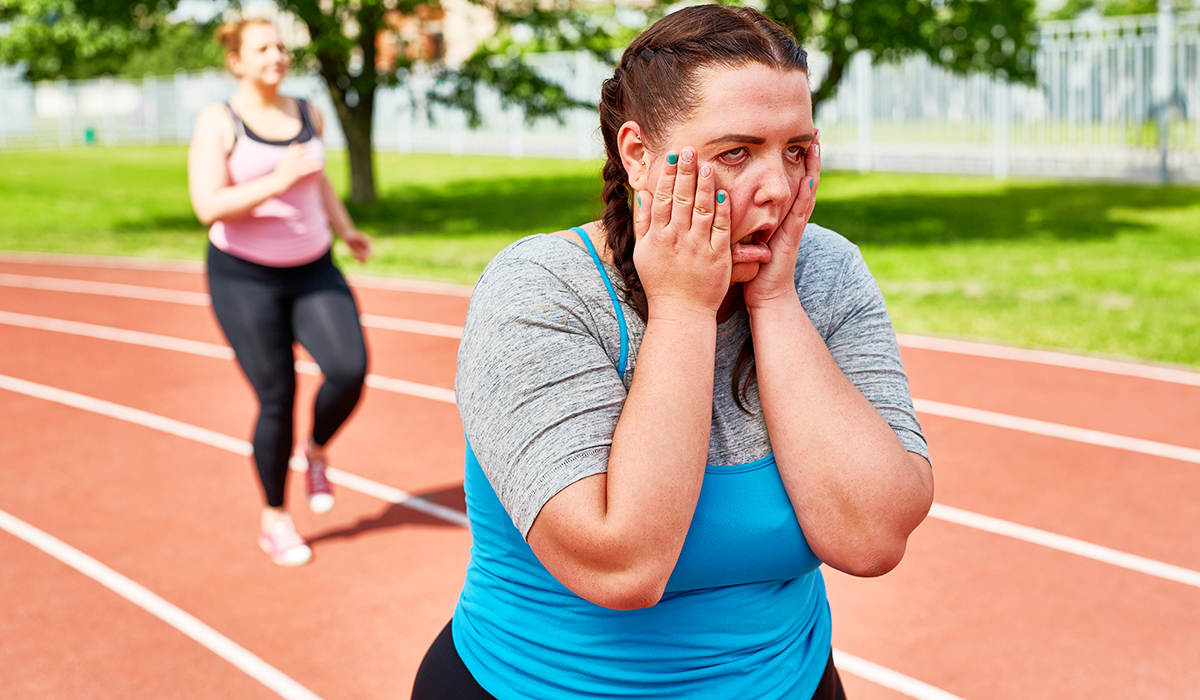
What are the symptoms of heat stroke?
If someone’s temperature has risen to 40°C or higher, they will begin to exhibit signs of heat stroke. Heat stroke is a serious illness that requires emergency treatment.Symptoms of heat stroke include:
- Confusion
- Lack of sweat despite being hot
- Rapid breathing or shortness of breath
- Feeling hot and dry
- Confusion
- Suffering a seizure
- Loss of consciousness
What are the symptoms of heat stroke?
Call emergency services then comfort and cool down the casualty until help arrives. If the casualty becomes unresponsive, ask them clearly to open their eyes then shake their shoulders. If they’re still unresponsive, check their airway and breathing – if they’re breathing, place them in the recovery position, if not, you must administer CPR.How to treat heat exhaustion
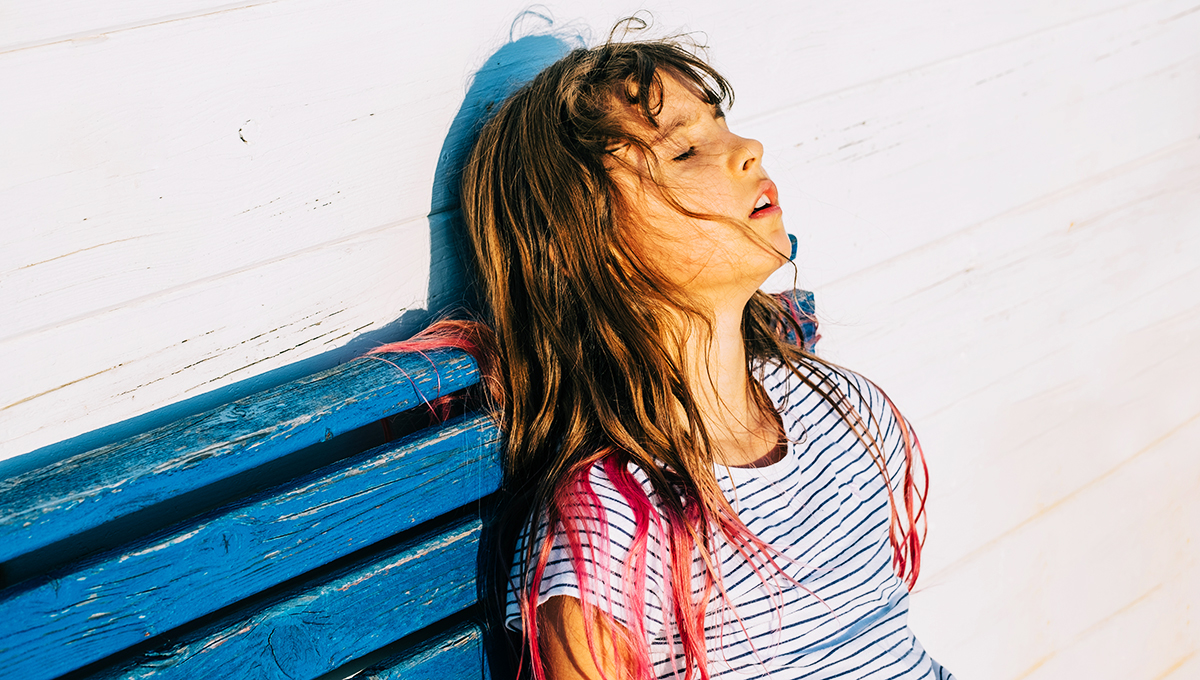
What are the symptoms of heat exhaustion?
Symptoms of heat exhaustion include:- Confusion and dizziness
- Fast breathing Quick pulse
- High temperature (38°C or higher)
- Extreme thirst Headache
- Copious sweating and clammy, pale skin
- Cramps in the stomach, arms and legs
- Nausea and loss of appetite
- Sleepiness (a symptom shown primarily by children)
Treatments for heat exhaustion
When treating heat exhaustion, your priority should be to cool down the casualty before their condition worsens. Here’s how to treat heat exhaustion:- Move the casualty to a cool place (for example: into shade, an air-conditioned room, etc.)
- Lay the casualty down and raise their feet slightly
- Ensure they drink lots of water or a sport drink
- Cool their skin using a sponge or spray them with cool water. You can also use a fan or apply an instant cold pack to their neck or armpits.
Preventing heat exhaustion and heat stroke
Avoiding heat exhaustion altogether is safer than having to treat it. Take care in hot weather, especially while exercising, and take measures to cool down if you feel ill. Don’t ignore the symptoms of exhaustion.
Measures to prevent heat exhaustion include:
- Drink plenty of cold fluids, especially while exercising
- Taking a cold shower or bath
- Avoid being directly in the sun during the hottest hours of the day (from 11 A.M. to 3 P.M.)
- Sprinkle water over the skin or clothes
- Wear loose-fitting, light-coloured clothing
- Avoid excess alcohol
Read our other blogs for more information on first aid or contact us for further advice and information on our products.
About the author:
Jo Stokes is a writer, marketer and trained first aider at First Aid Online.
Find out more about Jo.
By Jo Stokes


